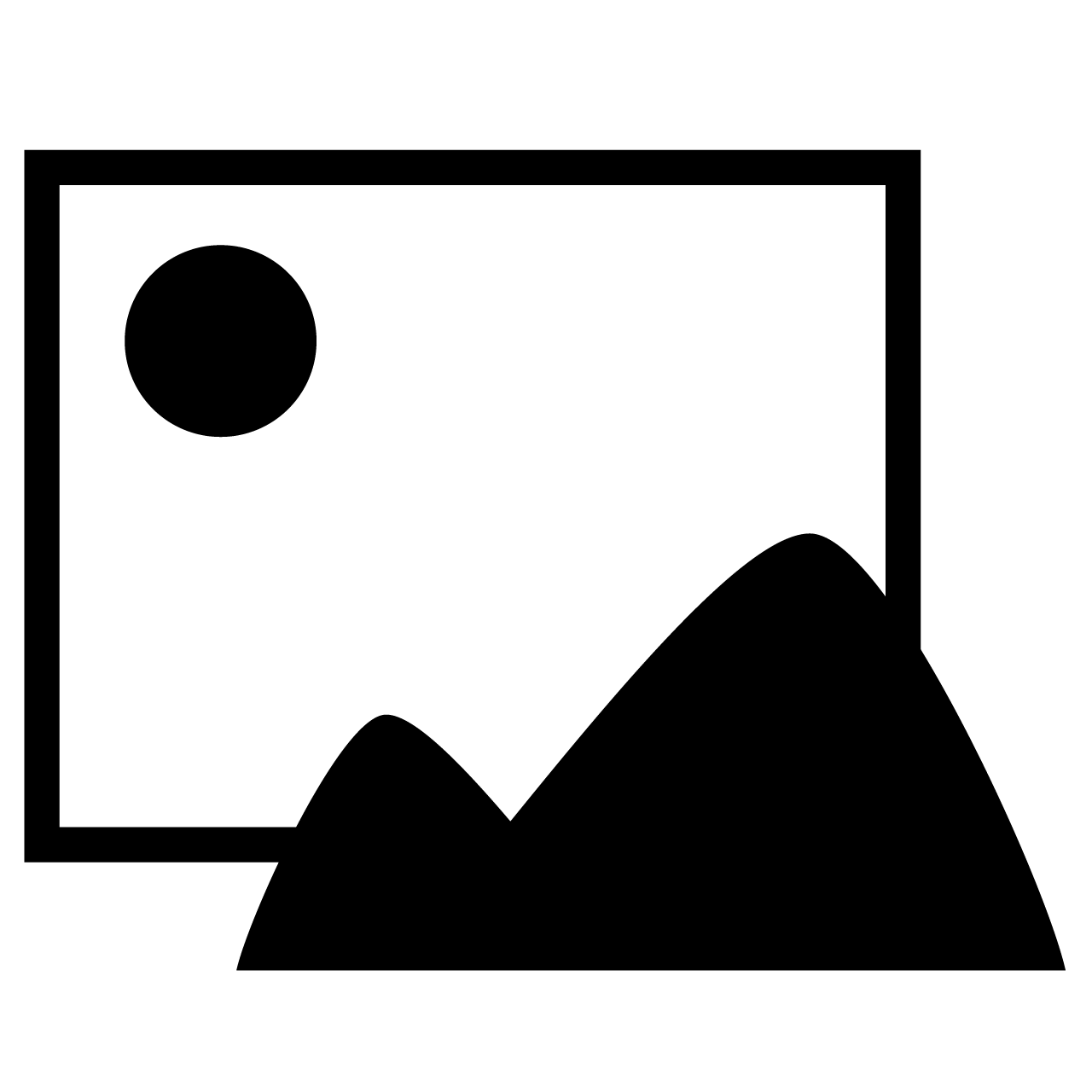
Convert Latitude/Longitude to UTM
Based on cpp code found on the internet by Chuck Gantz
#pragma rtGlobals=1 // Use modern global access method. CONSTANT DEG2RAD = 0.01745329; CONSTANT RAD2DEG = 57.29577951; Structure GPSpos variable UTMNorthing variable UTMEasting string UTMzone Endstructure Function LLtoUTM( ReferenceEllipsoid, Lat, Long, gps) //converts lat/long to UTM coords. Equations from USGS Bulletin 1532 //East Longitudes are positive, West longitudes are negative. //North latitudes are positive, South latitudes are negative //Lat and Long are in decimal degrees //Written by Chuck Gantz- chuck.gantz@globalstar.com variable ReferenceEllipsoid, Lat, Long struct GPSpos &gps variable UTMEasting, UTMNorthing string UTMZone make/o/d/n=(23) EquatorialRadius, SquareOfEccentricity make/o/n=23/T EllipsoidName EquatorialRadius={6377563, 6378160, 6377397, 6377484, 6378206, 6378249, 6377276, 6378166, 6378150, 6378160, 6378137, 6378200, 6378270, 6378388, 6378245, 6377340, 6377304, 6378155, 6378160, 6378165, 6378145, 6378135, 6378137} SquareOfEccentricity={.00667054,.006694542,.006674372,.006674372,.006768658,.006803511,.006637847,.006693422,.006693422,.006694605,.00669438,.006693422,.00672267,.00672267,.006693422,.00667054,.006637847,.006693422,.006694542,.006693422,.006694542,.006694318,.00669438} EllipsoidName={"Airy","Australian National","Bessel 1841","Bessel 1841 (Nambia) ","Clarke 1866","Clarke 1880","Everest","Fischer 1960 (Mercury) ","Fischer 1968","GRS 1967", "GRS 1980", "Helmert 1906","Hough", "International", "Krassovsky", "Modified Airy", "Modified Everest", "Modified Fischer 1960", "South American 1969","WGS 60","WGS 66","WGS-72", "WGS-84"} variable a = EquatorialRadius[ReferenceEllipsoid] variable eccSquared = SquareOfEccentricity[ReferenceEllipsoid]; variable k0 = 0.9996; variable LongOrigin; variable eccPrimeSquared; variable N, T, C, AA, M; //Make sure the longitude is between -180.00 .. 179.9 variable LongTemp = (Long+180)-floor((Long+180)/360)*360-180; // -180.00 .. 179.9; variable LatRad = Lat*DEG2RAD; variable LongRad = LongTemp*DEG2RAD; variable LongOriginRad; variable ZoneNumber; ZoneNumber = floor((LongTemp + 180)/6) + 1; if( Lat >= 56.0 && Lat < 64.0 && LongTemp >= 3.0 && LongTemp < 12.0 ) ZoneNumber = 32; endif // Special zones for Svalbard if( Lat >= 72.0 && Lat < 84.0 ) if ( LongTemp >= 0.0 && LongTemp < 9.0 ) ZoneNumber = 31; elseif( LongTemp >= 9.0 && LongTemp < 21.0 ) ZoneNumber = 33; elseif(LongTemp >= 21.0 && LongTemp < 33.0 ) ZoneNumber = 35; elseif(LongTemp >= 33.0 && LongTemp < 42.0 ) ZoneNumber = 37; endif endif LongOrigin = (ZoneNumber - 1)*6 - 180 + 3; //+3 puts origin in middle of zone LongOriginRad = LongOrigin * DEG2RAD; //compute the UTM Zone from the latitude and longitude eccPrimeSquared = (eccSquared)/(1-eccSquared); N = a/sqrt(1-eccSquared*sin(LatRad)*sin(LatRad)); T = tan(LatRad)*tan(LatRad); C = eccPrimeSquared*cos(LatRad)*cos(LatRad); AA = cos(LatRad)*(LongRad-LongOriginRad); M = (1 - eccSquared/4 - 3*eccSquared*eccSquared/64 - 5*eccSquared*eccSquared*eccSquared/256)*LatRad M -= (3*eccSquared/8 + 3*eccSquared*eccSquared/32 + 45*eccSquared*eccSquared*eccSquared/1024)*sin(2*LatRad) M += (15*eccSquared*eccSquared/256 + 45*eccSquared*eccSquared*eccSquared/1024)*sin(4*LatRad) M -= (35*eccSquared*eccSquared*eccSquared/3072)*sin(6*LatRad) M *= a UTMEasting = (k0*N*(AA+(1-T+C)*AA*AA*AA/6+ (5-18*T+T*T+72*C-58*eccPrimeSquared)*AA*AA*AA*AA*AA/120)+ 500000.0); UTMNorthing = (k0*(M+N*tan(LatRad)*(AA*AA/2+(5-T+9*C+4*C*C)*AA*AA*AA*AA/24+ (61-58*T+T*T+600*C-330*eccPrimeSquared)*AA*AA*AA*AA*AA*AA/720))); if(Lat < 0) UTMNorthing += 10000000.0; //10000000 meter offset for southern hemisphere endif gps.UTMEasting = UTMEasting gps.UTMNorthing = UTMNorthing gps.UTMZone = num2str(ZoneNumber)+ UTMLetterDesignator(Lat) print gps End Function/t UTMLetterDesignator( Lat) variable Lat //This routine determines the correct UTM letter designator for the given latitude //returns "Z" if latitude is outside the UTM limits of 84N to 80S //Written by Chuck Gantz- chuck.gantz@globalstar.com string LetterDesignator; if((84 >= Lat) && (Lat >= 72)) LetterDesignator = "X"; elseif((72 > Lat) && (Lat >= 64)) LetterDesignator = "W"; elseif((64 > Lat) && (Lat >= 56)) LetterDesignator = "V"; elseif((56 > Lat) && (Lat >= 48)) LetterDesignator = "U"; elseif((48 > Lat) && (Lat >= 40)) LetterDesignator = "T"; elseif((40 > Lat) && (Lat >= 32)) LetterDesignator = "S"; elseif((32 > Lat) && (Lat >= 24)) LetterDesignator = "R"; elseif((24 > Lat) && (Lat >= 16)) LetterDesignator = "Q"; elseif((16 > Lat) && (Lat >= 8)) LetterDesignator = "P"; elseif(( 8 > Lat) && (Lat >= 0)) LetterDesignator = "N"; elseif(( 0 > Lat) && (Lat >= -8)) LetterDesignator = "M"; elseif((-8> Lat) && (Lat >= -16)) LetterDesignator = "L"; elseif((-16 > Lat) && (Lat >= -24)) LetterDesignator = "K"; elseif((-24 > Lat) && (Lat >= -32)) LetterDesignator = "J"; elseif((-32 > Lat) && (Lat >= -40)) LetterDesignator = "H"; elseif((-40 > Lat) && (Lat >= -48)) LetterDesignator = "G"; elseif((-48 > Lat) && (Lat >= -56)) LetterDesignator = "F"; elseif((-56 > Lat) && (Lat >= -64)) LetterDesignator = "E"; elseif((-64 > Lat) && (Lat >= -72)) LetterDesignator = "D"; elseif((-72 > Lat) && (Lat >= -80)) LetterDesignator = "C"; else LetterDesignator = "Z"; //This is here as an error flag to show that the Latitude is outside the UTM limits endif return LetterDesignator; End

Forum

Support

Gallery
Igor Pro 10
Learn More
Igor XOP Toolkit
Learn More
Igor NIDAQ Tools MX
Learn More

how about using the more compact
and why do you use
Function/T? Is this an undocumented flag?Wolfgang Harneit
March 1, 2009 at 05:25 am - Permalink
I just copied it from C code to IGOR, I wasn't looking to make it fancy, I just did as little as possible to make it work ;-). You are right, it should be Function/S.
Your UTM designator function is a lot more elegant.
Andy
March 2, 2009 at 04:43 am - Permalink
I agree Wolfgang's code is more elegant. The reason I used the long dragged out code was just to make it clear what I was doing. By writing out
if((84 >= Lat) && (Lat >= 72))
LetterDesignator = "X";
elseif((72 > Lat) && (Lat >= 64))
LetterDesignator = "W";
etc., it's obvious what the LetterDesignators mean. Since compactness and speed weren't important, the pedogical advantage seemed the way to go.
Chuck
June 3, 2010 at 09:36 pm - Permalink
should be:
--Jim Prouty
Software Engineer, WaveMetrics, Inc.
November 22, 2010 at 05:02 pm - Permalink